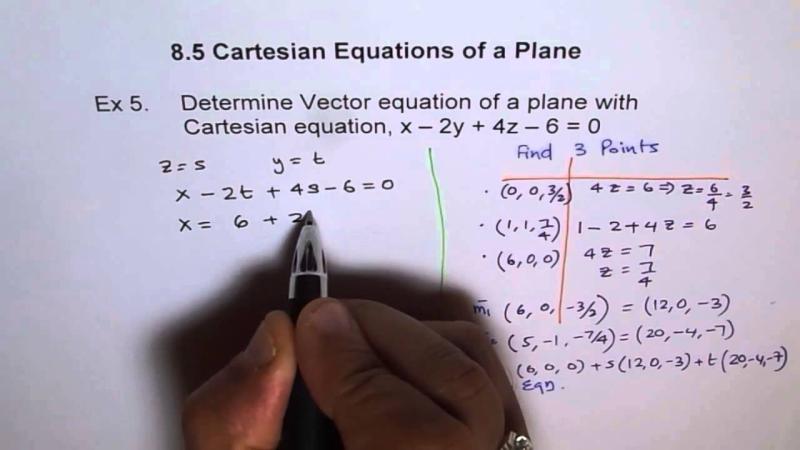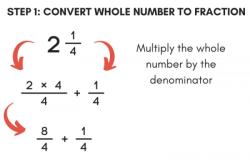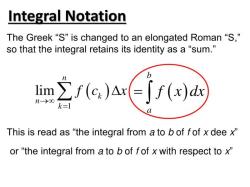How to convert parametric equations into Cartesian equations?
Converting parametric equations into Cartesian equations involves expressing the equations in terms of the variables and without using a parameter. The process can vary depending on the specific parametric equations you are working with. Here's a general guide for converting parametric equations to Cartesian equations:
Steps to Convert Parametric Equations to Cartesian Equations:
Given Parametric Equations:
- Start with the given parametric equations, typically in the form and , where is the parameter.
Express in Terms of or :
- Choose one of the equations (either or ) and solve it for the parameter . This involves expressing in terms of the other variable. For example, if you start with , solve for to get , or if you start with , solve for to get .
Substitute into the Other Equation:
- Substitute the expression obtained in step 2 into the other equation. If you solved for in terms of , substitute into the equation for , or if you solved for in terms of , substitute into the equation for .
Simplify:
- Simplify the resulting equation by combining like terms, factoring, or using algebraic techniques.
Resulting Cartesian Equation:
- The final expression, which contains only and , is the Cartesian equation representing the curve.
Example:
Let's consider an example with the parametric equations:
Step 1: Choose one equation and solve for . Let's choose the first equation .
Step 2: Substitute into the second equation .
Step 3: Simplify the expression.
Now, the equation is expressed solely in terms of without the parameter , and we have successfully converted the parametric equations to a Cartesian equation.
Keep in mind that the process may vary depending on the specific parametric equations you are working with, and in some cases, you may need to use trigonometric identities or additional algebraic techniques.
What methods can be used to convert parametric equations into Cartesian equations?
There are several methods for converting parametric equations into Cartesian equations, depending on the specific equations and your desired outcome. Here are some common methods:
1. Eliminate the parameter:
- This is the most straightforward approach, but it may not always be possible. You can try solving one equation for the parameter and then substituting it into the other equation. This will give you a Cartesian equation relating x and y directly.
- This method works well when the equations are relatively simple and the parameter has an easily identifiable expression.
2. Find an implicit relationship:
- If eliminating the parameter directly is not feasible, you can manipulate the equations to find an implicit relationship between x and y. This means you will have an equation where x and y are not explicitly defined, but their relationship is still expressed.
- This method is useful for analyzing the shape and properties of the curve even if you cannot obtain a specific formula for y in terms of x.
3. Use geometric properties:
- If the parametric equations represent a known geometric curve, you can use its properties to derive a Cartesian equation. This may involve using equations like the distance formula, the slope formula, or the area formula to relate the coordinates x and y.
- This method is particularly helpful for understanding the geometric behavior of the curve and its relationship to other shapes.
4. Numerical methods:
- In some cases, numerical methods like graphing software or iterative algorithms can be used to approximate the Cartesian equation of the curve defined by the parametric equations. This is useful when the equations are complex and an analytical solution is not readily available.
- These methods can provide approximate solutions and visualizations of the curve, but they may not be as exact or precise as an analytical solution.
Here are some additional tips for converting parametric equations into Cartesian equations:
- Look for patterns and relationships between the expressions in the equations.
- Use algebraic manipulation techniques to simplify the equations and isolate variables.
- Consider using trigonometric identities if the equations involve trigonometric functions.
- Consult textbooks or online resources for specific techniques and examples of converting different types of parametric equations.
It is important to remember that the best method for converting parametric equations depends on the specific equations and your desired outcome. There may not always be a single "best" approach, and different methods may be more suitable for different situations.













